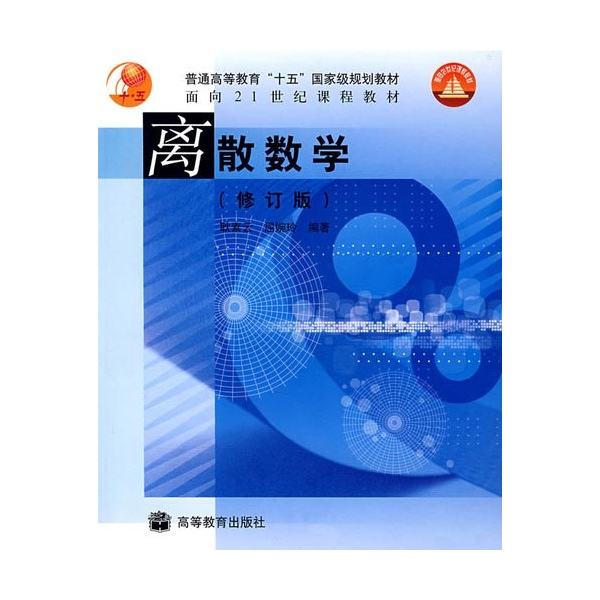In this paper we develop an analogue of the graph-theoretic `modular decomposition' in automata theory. This decomposition allows us to identify hierarchical finite state machines (HFSMs) equivalent to a given finite state machine (FSM). We provide a definition of a module in an FSM, which is a collection of nodes which can be treated as a nested FSM. We identify a well-behaved subset of FSM modules called thin modules, and represent these using a linear-space directed graph we call a decomposition tree. We prove that every FSM has a unique decomposition tree which uniquely stores each thin module. We provide an $O(n^2k)$ algorithm for finding the decomposition tree of an $n$-state $k$-alphabet FSM. The decomposition tree allows us to extend FSMs to equivalent HFSMs. For thin HFSMs, which are those where each nested FSM is a thin module, we can construct an equivalent maximally-hierarchical HFSM in polynomial time.
翻译:在本文中,我们开发了在自动磁理论中的图形理论“模块分解”的类比。这种分解使我们能够识别相当于特定有限状态机器(FSM)的等级限制国家机器(HFSMs)。我们提供了在密克罗尼西亚州(FSM)的一个模块的定义,该模块是一个节点的集合,可以作为巢状密密密的密钥。我们确定了密克罗尼西亚模块中一个称为薄模组的井水分子组,并用直线空间定向图形代表这些组件,我们称之为分解树。我们证明,每一个密克罗尼西亚州(FSM)都有一个独特的分解树,其中每个薄模组都有独特的分解树。我们为寻找一个美元($+2k美元-alphabet FSM)的分解层树提供了一种值为美元($-k$-alphabet FSMSM)的算法。解密树使我们能够将FSMSMSMs扩大到相当于HFSMs。对于每个巢密的稀薄密的稀薄HFSMSMSM,我们可以在聚诺米时建造一个等同的顶级的最高级高尚。


